Photographer Kurt Tong’s nanny believes she was born in 1929, or thereabouts. Growing up in southern China, Mak Ngan Yuk came of age at a time of increasing opportunity. Historically, women were relegated to oppressive marriages from a young age, but the prosperity generated by the burgeoning silk trade provided them with the potential for autonomy. When the industry declined in the early-20th century, many women migrated to Hong Kong or south-east Asia to support themselves as domestic servants.
Tong’s nanny chose this path. “I knew that she belonged to this tribe of women,” he says, “but, as a child, I never understood what that meant. I wanted to elaborate on her story so I started work on the project.” The resulting series, Combing for Ice and Jade, on show at Les Rencontres d’Arles, charts her journey.
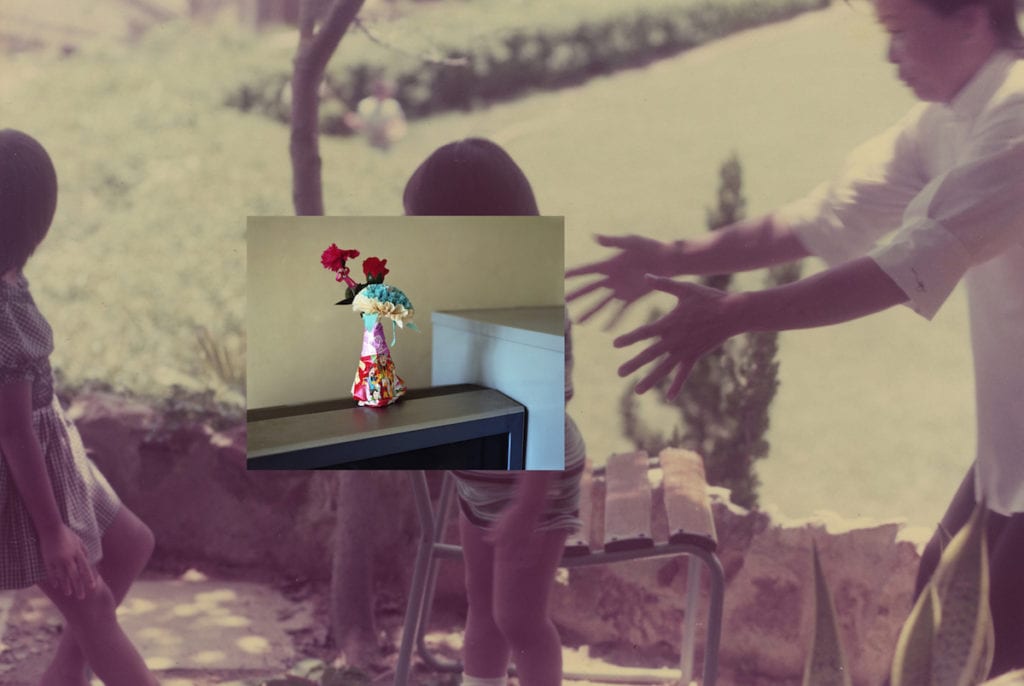
Aged 19, Yuk’s surrogate parents decided she should marry; but this was not what she wanted. “Yuk needed to be alone, she wanted to work for herself, she wanted to be a self-comb woman,” says Tong. Comb Sisters, as they are more commonly known, was the name given to women who chose a life of independence. Traditionally, women would engage in a “comb up ceremony” – pinning their hair into a bun, before pledging to life-long singleness and celibacy. Breaking this vow was forbidden, and those who did were obliged to kill themselves. Comb Sisters were instantly recognisable from their distinctive hair – usually worn in a long plait – and light tunics, paired with dark trousers. Liberated from familial constraints, they were free to do as they liked – travelling, and earning a living as they wished.
Yuk travelled to Hong Kong aged just 21. She remained with her first family for 30 years, before moving to work for Tong’s parents for a further 37. The youngest of four, Tong was only a baby when Yuk began to look after him – the pair fostered a special bond that extended into adulthood.
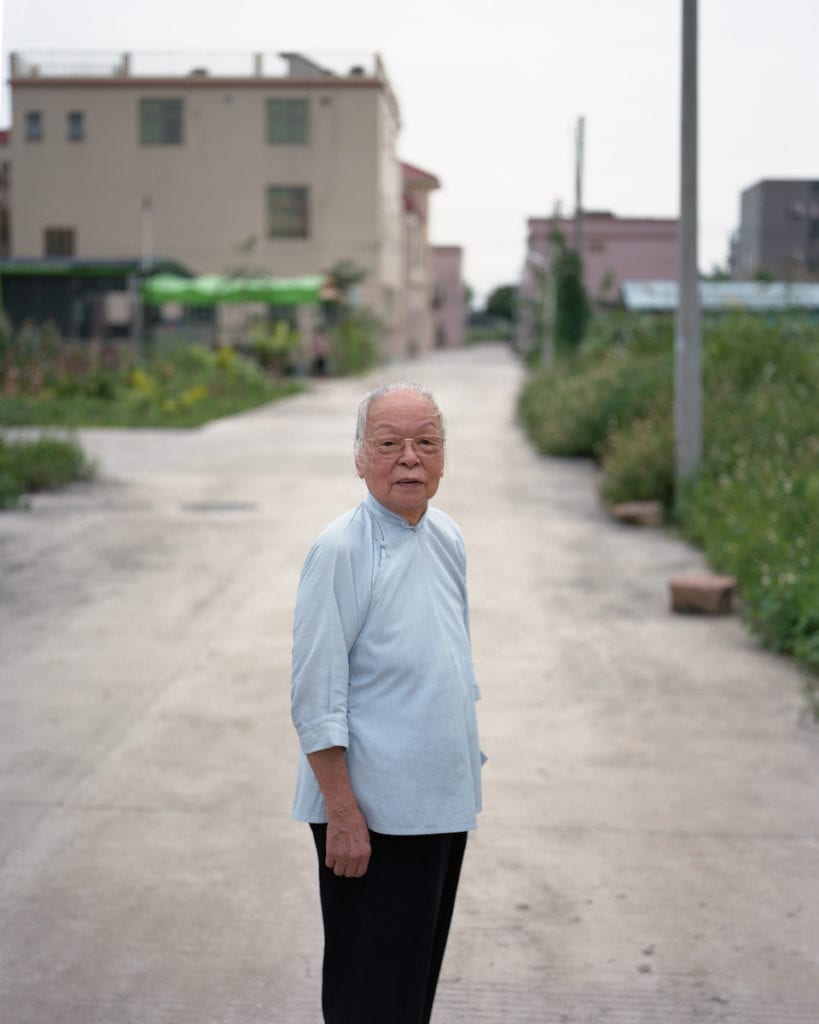
“Yuk needed to be alone, she wanted to work for herself, she wanted to be a self-comb woman”
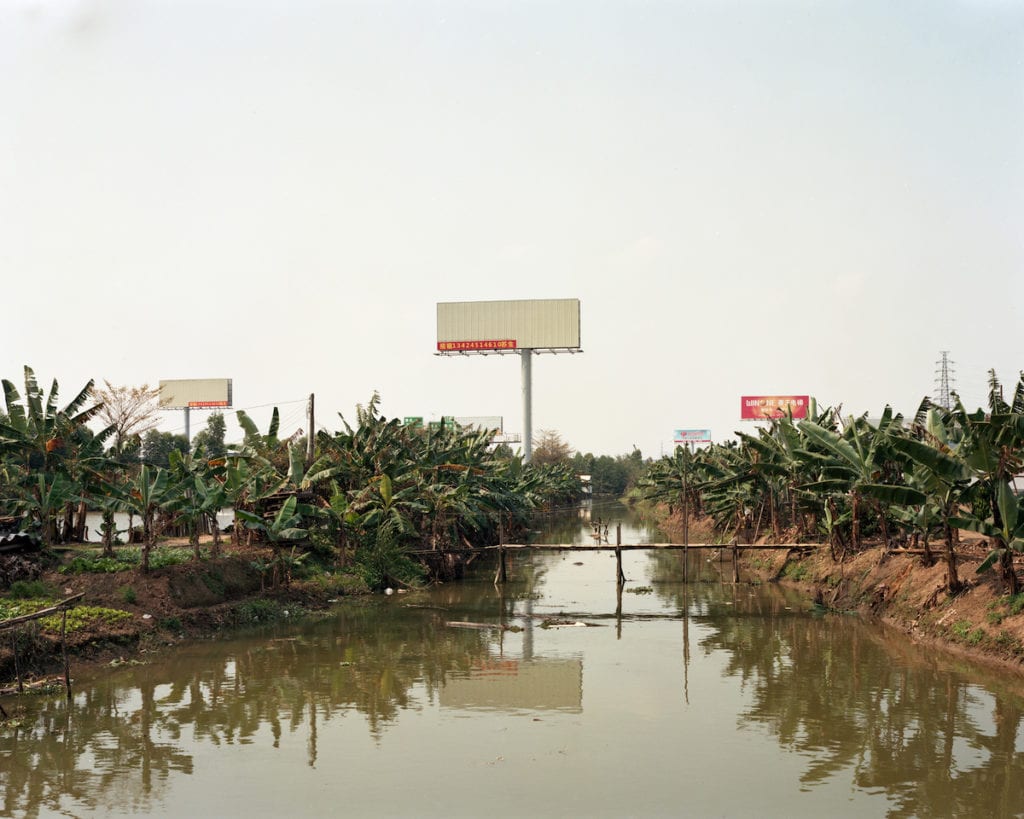
Initially, the photographer wanted to make a project about all Comb Sisters, “But it was just not working,” he says. “Suddenly, I realised that it made much more sense to be about just me and her.” Yuk was one of the last Comb Sisters – the practice became less common after the 1930s, and had almost disappeared by the 1950s after the new Communist state raised the minimum marital age, and banned polygamy and forced marriages. In this way, Tong believed that Yuk’s story could also speak for the thousands of women who had followed a similar path.
But, the series is first and foremost a homage to his nanny. “If someone asks me what this project is about, I always say that it is a love letter to her,” says Tong, who began work on the series by asking Yuk to provide photographs of herself. The photographer was surprised to discover that she only had eight, all of which were passport photos from throughout her life.
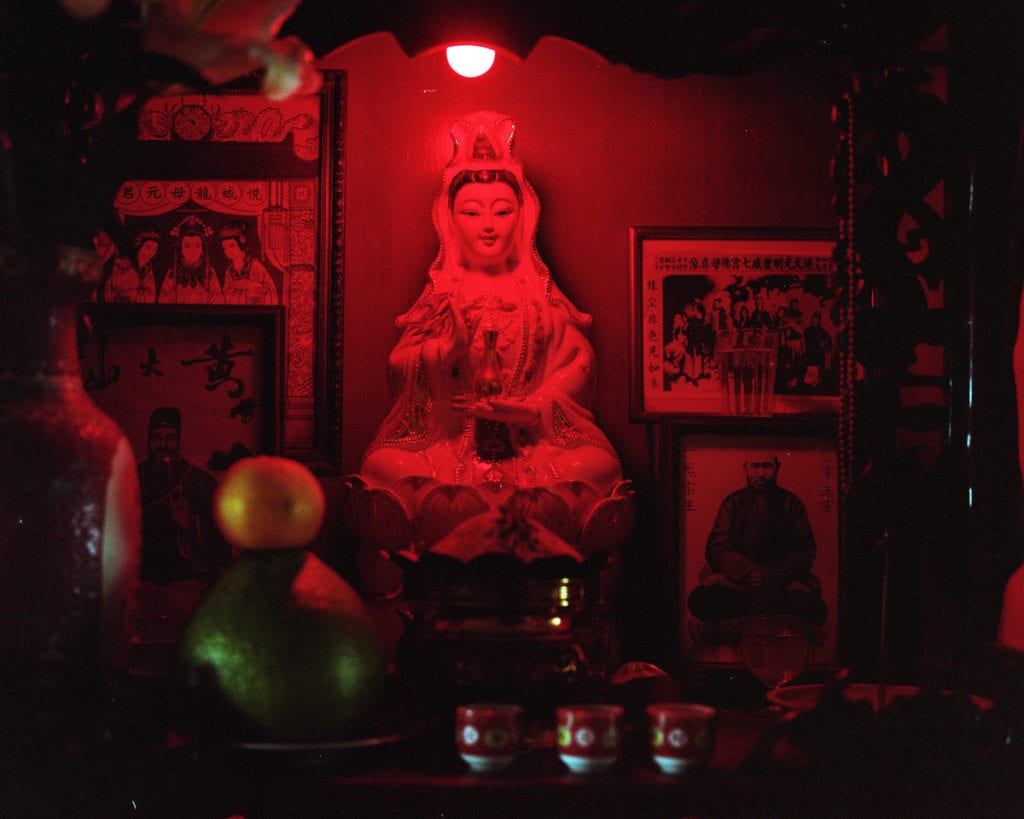
Instead, Tong, who often employs archival images in his work, combed through his Mother’s photo albums in search of stills. He found numerous images in which Yuk accidentally appears – caught in the frame, often turned away from the camera, looking after Tong and his siblings at birthday parties or mid-summer festivals. The photographer also documented Yuk’s small collection of possessions: “She owned about twelve different tops. And her newest one is about thirty years old,” he explains in the short video that accompanies the work.
Every element of the exhibition is drawn from Yuk’s life, including the scrolls of paper covered with inky imprints of rice. In the fifties, she would bring food and essentials back to Hong Kong with her. Carrying rice across the border was not permitted, and so, after collecting burnt leftovers of the grain from different restaurants, Yuk would make huge cloth bags and smuggle back it with her. “She always regretted not being able to read and write,” says Tong, who thought of the piece as a metaphor for Tong’s own personal language of generosity.
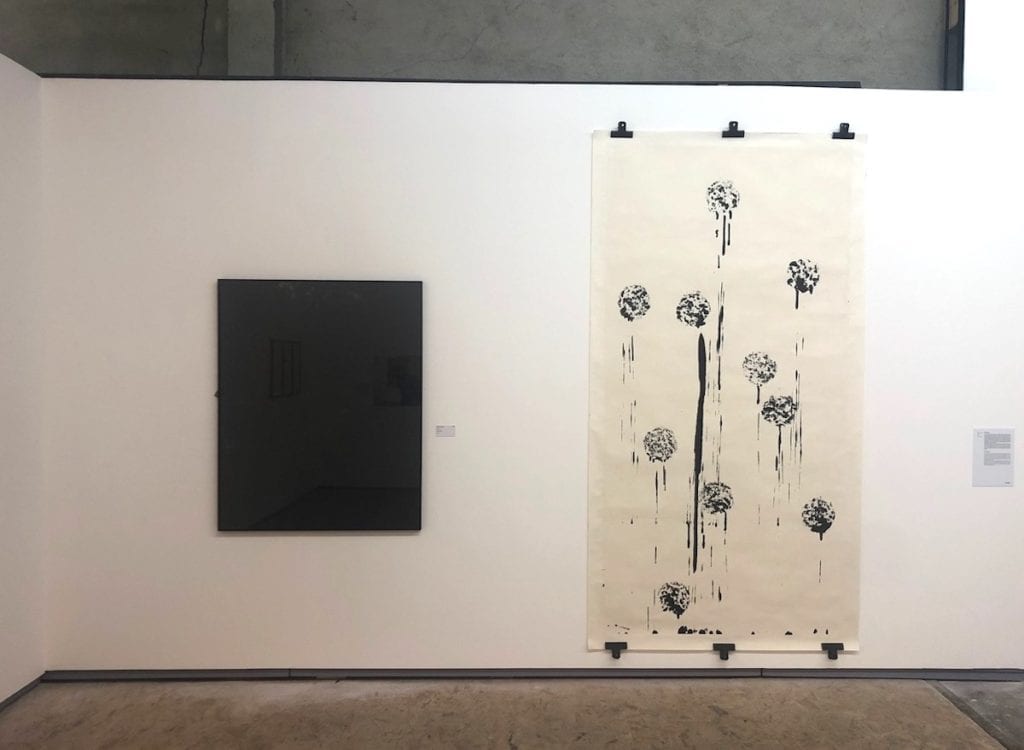
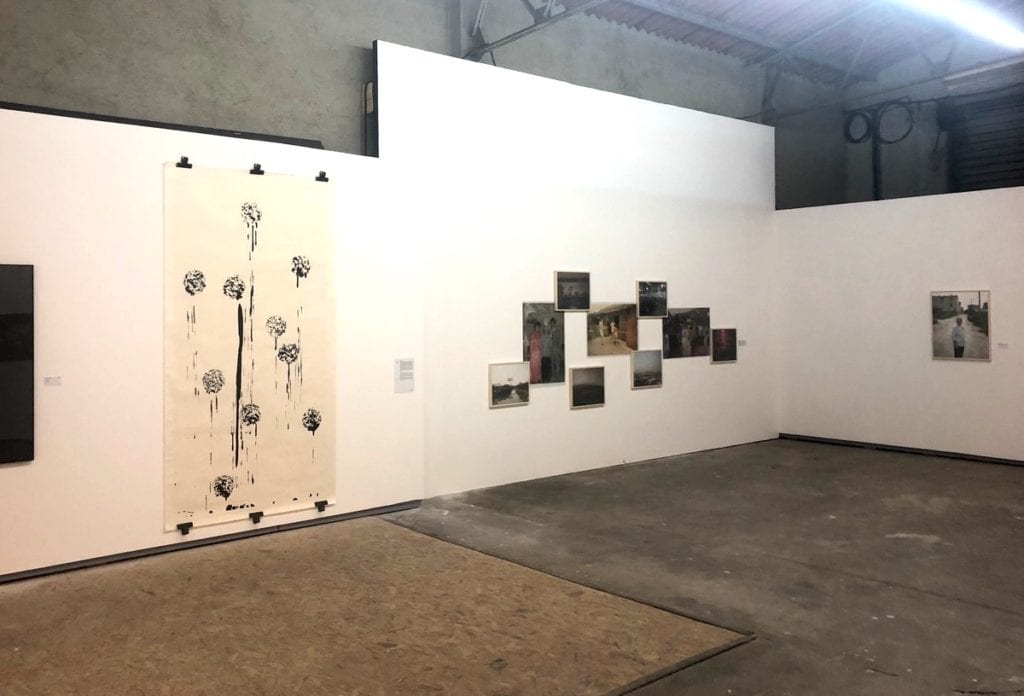
Despite its wider historical significance, the exhibition centres on Yuk, and Tong’s close relationship to her. Although she recently passed away, Yuk played a central part in the conception of the series, and accompanying photobook. The past, as it is presented, in Combing for Ice and Jade is very much subjective – coloured by Yuk’s memory, and her perception of events. “I thought the work was really innocent because I did the whole thing with her,” says Tong. “She controlled what part of her life she told me about.” The experience revealed so much about Yuk’s history that Tong was oblivious to and, in doing so, allowed him to shed light on the realities of gaining independence as a woman in mid-20th century China.
kurttong.co.uk
Combing for Ice and Jade is on show at Les Recontres d’Arles until 22 September 2019
